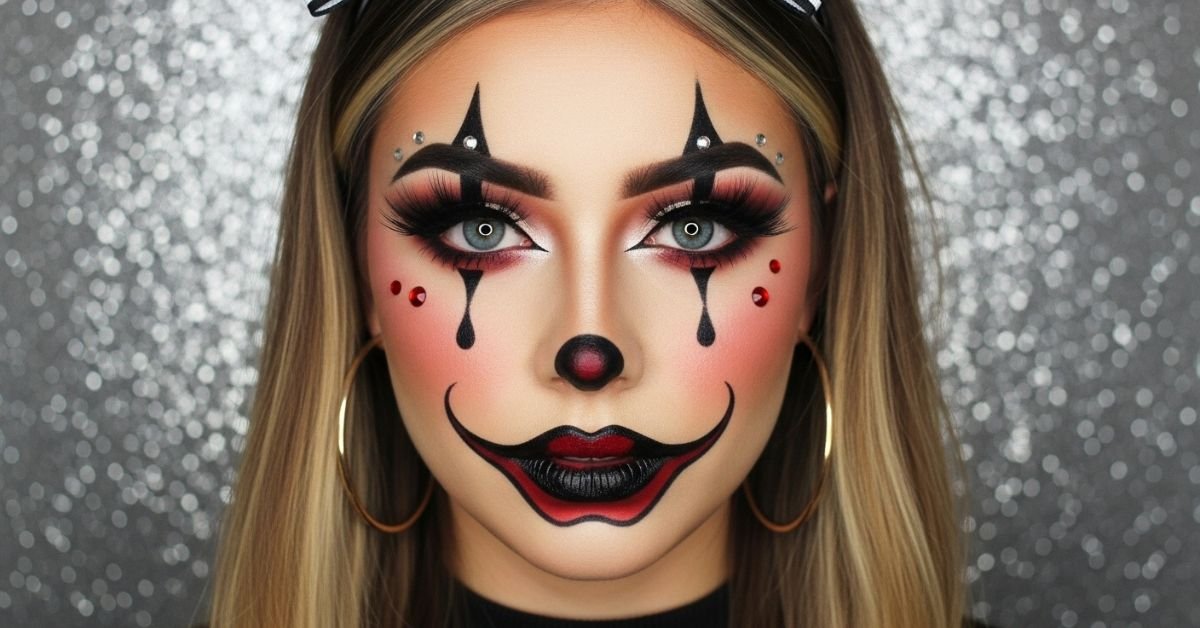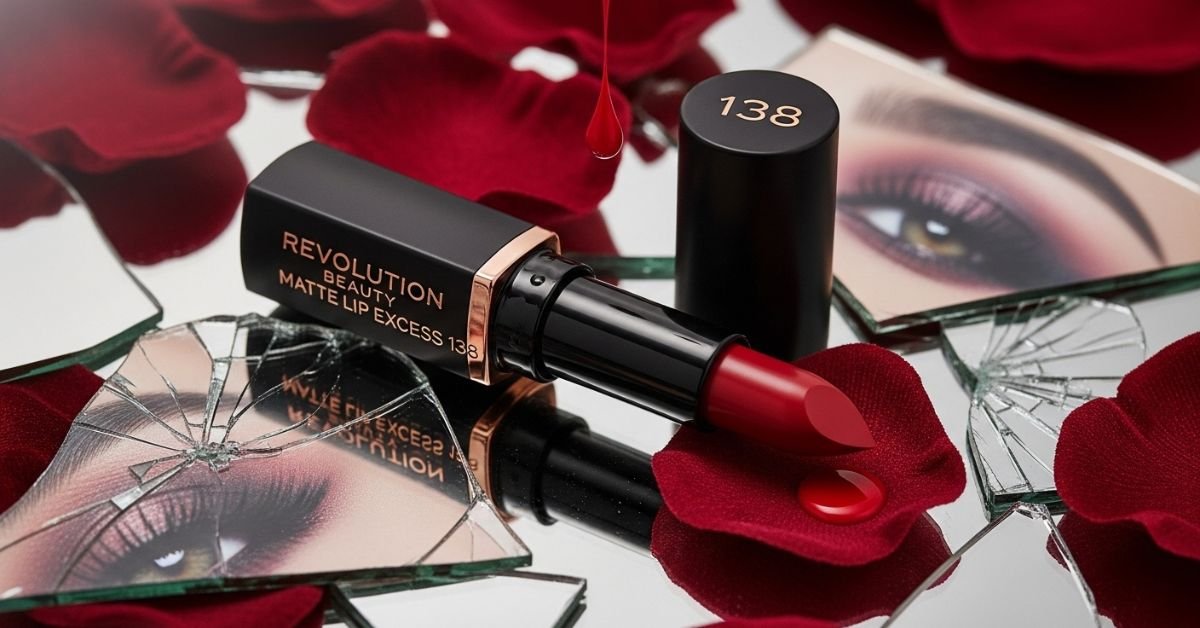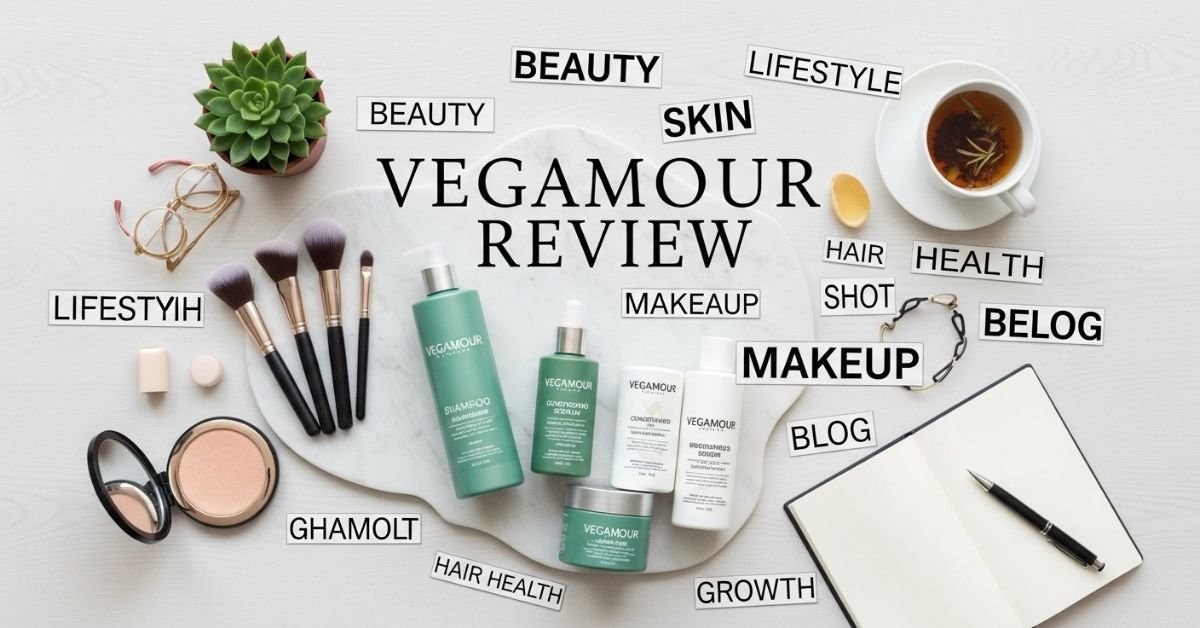From Classic to Contemporary: Exploring Different Styles of Clown Makeup
Contents
- 1 Introduction to clown makeup
- 2 The history of clown makeup
- 3 Traditional clown makeup styles
- 4 Modern clown makeup trends
- 5 Creative twists on traditional clown makeup
- 6 Experimental and avant-garde clown makeup styles
- 7 Tips for applying and removing clown makeup
- 8 The psychology behind different styles of clown makeup
- 9 Final thoughts on the evolution of clown makeup
Introduction to clown makeup
Clown makeup is a vibrant art form that has evolved over centuries, captivating audiences with its playful charm and expressive flair. From the classic white-faced Pierrot to the quirky motifs of modern clowns, each style tells a story. It’s more than just face paint; it’s an invitation into a world where laughter reigns supreme and creativity knows no bounds. Whether you’re intrigued by traditional designs or seeking inspiration from contemporary trends, this journey through clown makeup will uncover the transformative power of colors, shapes, and emotions that define this whimsical craft. Join us as we explore the fascinating evolution of clown makeup—an adventure filled with history, artistry, and endless possibilities!
The history of clown makeup
The history of clown makeup is extensive and goes back many centuries. Its origins can be traced to the ancient Greek and Roman theater, where performers used face paint to exaggerate their expressions. These early clowns set the stage for what would evolve into modern clown aesthetics.
Commedia dell’arte introduced famous figures like Pierrot and Harlequin in the 18th century. Their distinct facial designs influenced contemporary clown makeup styles significantly.
The circus boom of the 19th century saw clowns adopting more vibrant colors and exaggerated features to captivate audiences from afar. This period marked a shift towards whimsicality in design, emphasizing bright hues and playful patterns.
As time progressed, different cultural influences permeated clown artistry. From rodeos in America to carnival traditions worldwide, each adaptation added layers of complexity to this unique form of expression—creating a diverse tapestry that continues today.
Traditional clown makeup styles
Traditional clown makeup styles are steeped in history and character. These looks often draw from a rich palette of bright colors that evoke joy and laughter. The exaggerated features—like oversized red noses, smeared lips, and bold eye designs—serve to amplify emotions.
Perhaps the most recognisable feature of many clowns is their iconic white face. This base creates a canvas for intricate designs, allowing performers to express their unique personas. From the joyful Auguste with his playful antics to the sad Pierrot who tugs at heartstrings, each style tells a story.
Color choices play an essential role too. Reds signify happiness while blues can hint at melancholy or mystery. Traditional clowns connect deeply with audiences through these visual cues, making every performance impactful and memorable.
These timeless styles continue to inspire new generations of entertainers as they embrace both tradition and innovation in their artistry.
Modern clown makeup trends
Modern clown makeup has evolved dramatically, moving beyond the traditional bold designs. Today’s trends embrace a more subtle approach while still capturing that whimsical essence.
One popular trend is minimalist clown makeup. This style uses softer colors and fewer exaggerated features. Think delicate blush and light pastel accents instead of heavy white paint.
Another exciting development is the fusion of clown aesthetics with pop culture elements. Clowns are now seen sporting designs inspired by favorite movies or TV shows, creating a unique narrative through their looks.
Additionally, many artists experiment with face gems and glitter to add a touch of sparkle. These modern embellishments give clowns a contemporary twist while maintaining their playful spirit.
Social media platforms have amplified these trends as performers showcase innovative styles, inspiring others in the community to express themselves creatively through makeup artistry.
Creative twists on traditional clown makeup
Traditional clown makeup often features bold colors and exaggerated shapes, but creative twists can breathe new life into this classic art form. Look past the red nose and white face.
Incorporating elements from pop culture is one exciting approach. Imagine a clown inspired by your favorite movie character or musician. This adds a layer of relatability while maintaining that whimsical essence.
Texture also plays a crucial role in modern interpretations. Instead of flat paint, try using glitter, rhinestones, or even 3D embellishments to create depth and intrigue. These details can turn simple designs into eye-catching masterpieces.
Another innovative direction involves color palettes that stray from the usual bright shades. Soft pastels or moody earth tones can give clowns an ethereal vibe, challenging our expectations and stirring curiosity.
The key lies in blending tradition with personal expression—making each look unique while still honoring the roots of clown artistry.
Experimental and avant-garde clown makeup styles
Experimental clown makeup pushes boundaries. It invites artists to redefine what a clown can represent. Forget the conventional red nose and oversized shoes; this style embraces bold colors, unusual textures, and abstract shapes.
Think of a canvas splashed with neon hues or intricate designs that tell a story. Some incorporate elements from pop culture, while others draw inspiration from fine art movements like surrealism or cubism.
Textures play a key role too. From metallic finishes to 3D embellishments, experimental styles invite tactile interaction. Each application becomes an exploration of identity and expression.
Social commentary often weaves through these looks. They challenge perceptions surrounding clowns in society—turning fear into fascination or comedy into critique.
When you see avant-garde clown makeup, you’re witnessing creativity unbound by tradition. It’s art that transforms faces into statements rather than simply masks for entertainment.
Tips for applying and removing clown makeup
Applying clown makeup can be a fun yet challenging task. Start with clean, moisturized skin to create a smooth base. Use a primer specifically designed for theatrical makeup; it helps your colors stick and last longer.
When applying foundation, opt for heavy cream formulas that provide good coverage. Use a sponge or brush for an even layer. Bright colors are essential for the look, so don’t shy away from bold reds, blues, and greens.
Steer clear of strong chemicals that can irritate the skin during removal. A gentle makeup remover or cleansing oil works wonders to dissolve stubborn products. Follow up with warm water and soap to ensure all traces are gone.
Always hydrate afterward with moisturizer to restore balance to your skin after such an intense application process. Keeping your tools clean will also extend their life while ensuring safe practices each time you transform into your alter ego.
The psychology behind different styles of clown makeup
Clown makeup is an expression of intent and personality, not merely face paint. Each style communicates something unique. Bold colors can evoke joy, while darker palettes may hint at deeper emotions.
The classic whiteface clown often symbolizes innocence and simplicity. This look taps into nostalgia, connecting audiences with childhood memories of laughter and playfulness.
On the other hand, contemporary styles explore themes like chaos or rebellion. The exaggerated features serve to challenge societal norms about beauty and self-expression.
Moreover, avant-garde designs push boundaries even further. They invite viewers to question their perceptions of fear and humor simultaneously.
This psychological interplay between appearance and emotion makes clown makeup an intriguing art form that transcends mere performance. It engages audiences on both conscious and subconscious levels, inviting them to reflect on their own feelings toward this multifaceted character type.
Final thoughts on the evolution of clown makeup
Clown makeup has undergone a fascinating transformation throughout the years. From its humble beginnings in circuses to its emergence as a form of artistic expression, each style tells a story.
The classic designs evoke nostalgia and tradition, while contemporary interpretations push boundaries and invite new perspectives. Each brushstroke carries history and meaning.
The changing attitudes and tastes of society towards clowns are reflected in today’s trends. The playful simplicity of traditional looks stands alongside bold experiments that challenge norms.
As artists continue to innovate, clown makeup remains a dynamic medium for creativity. It captures emotions—joy, fear, whimsy—in ways that resonate with audiences on multiple levels.
Whether you’re drawn to time-honored styles or inspired by avant-garde creations, there’s something universal about the art of clown makeup. It’s not just paint on a face; it’s an ever-evolving canvas reflecting our collective imagination and cultural shifts over time.














Post Comment